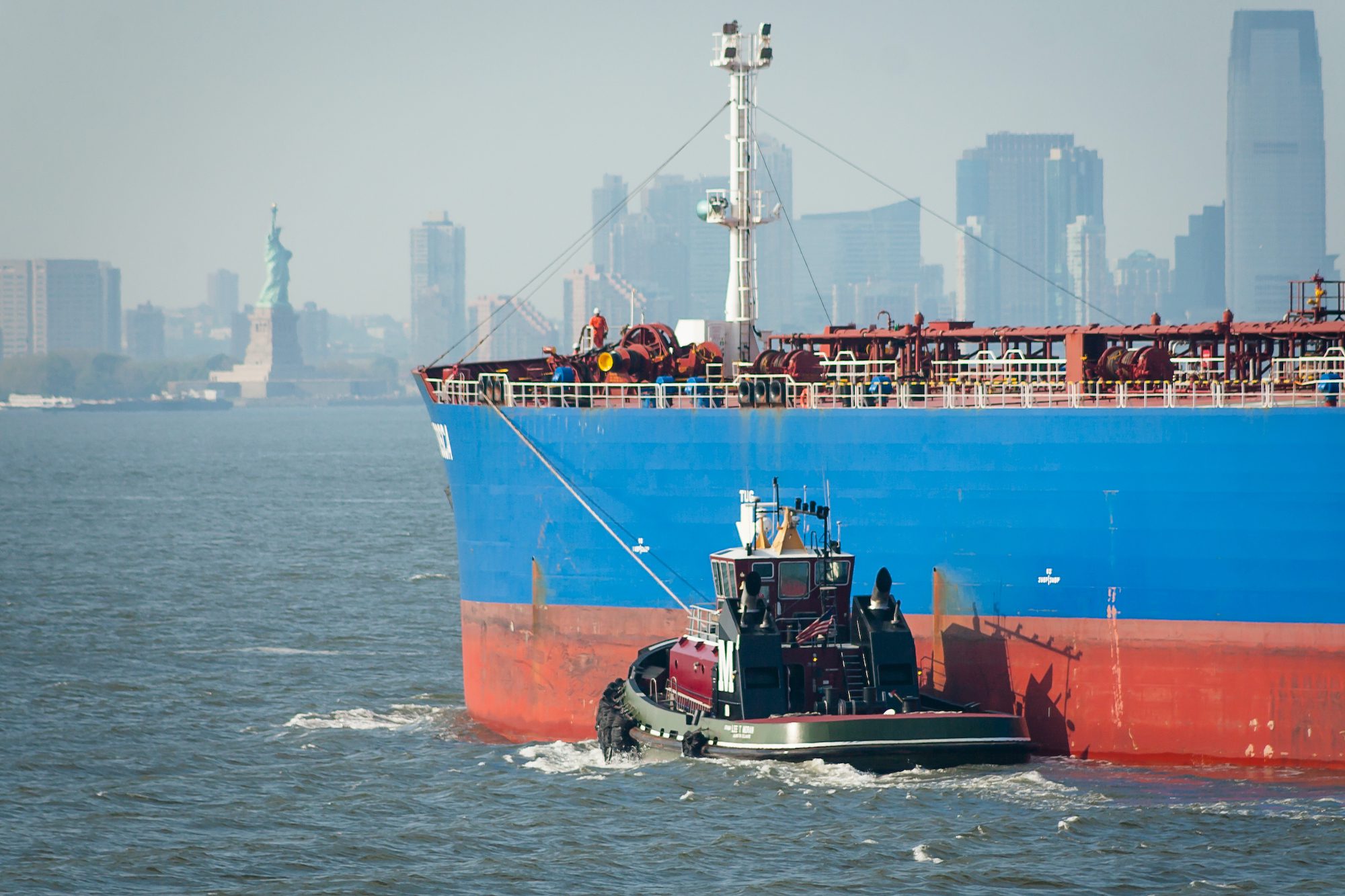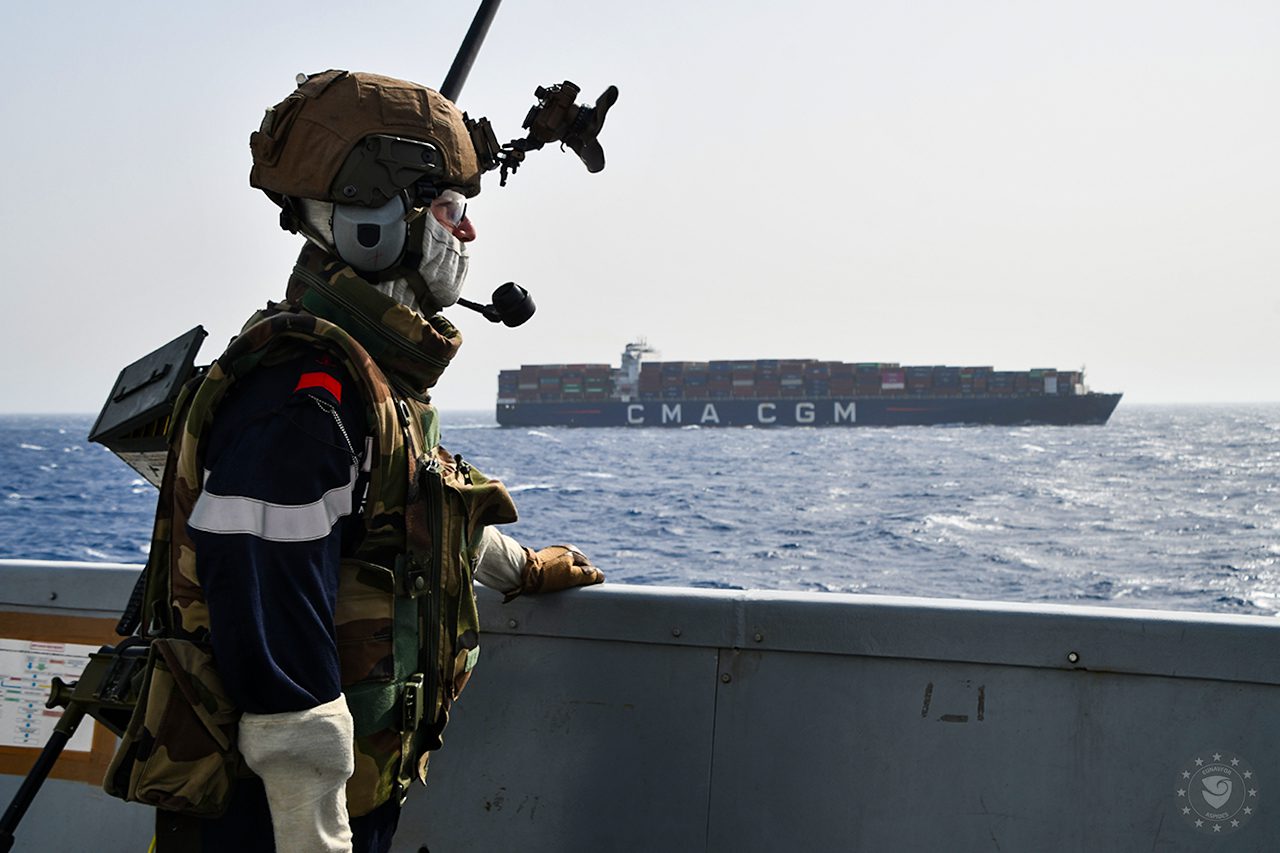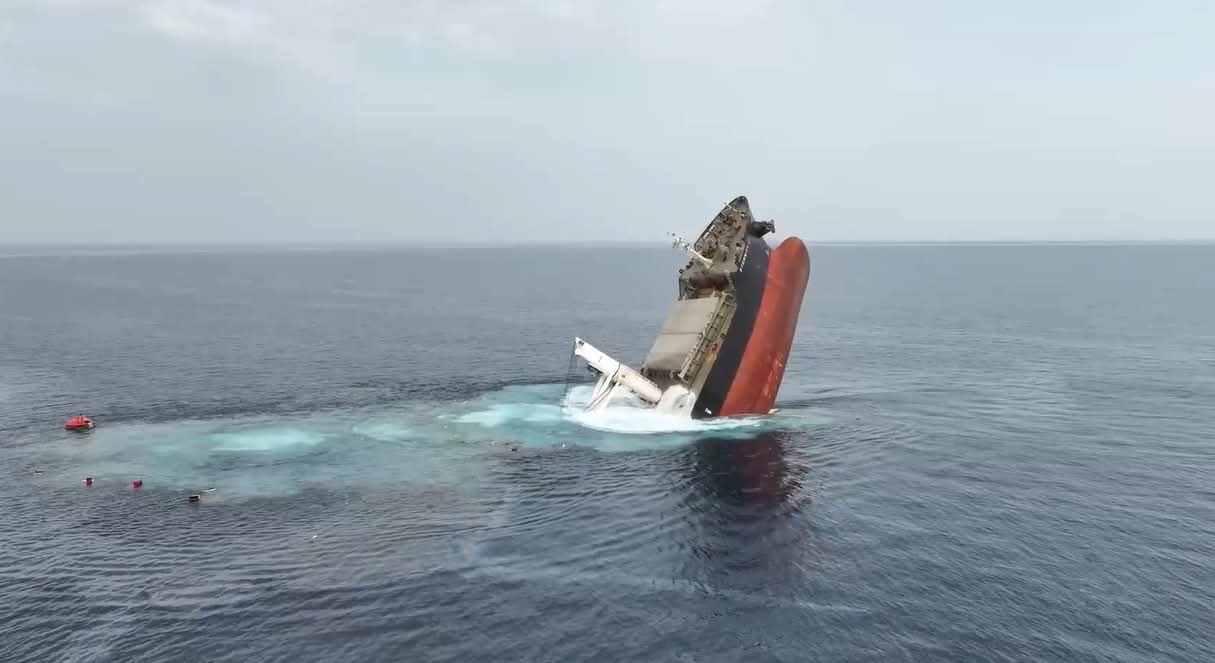This time, it’s going to be different. Well, maybe yes, maybe no.
The second day of the Marine Money Climate conference featured a group of excellent high level presentations- looking at the overall capital landscape for participants in the maritime de-carbonization “space”, combined with a handful of company specific information slots- which were also highly informative.
One presenter, Evan Efstathiou, the founder of Boston-based Skysail Advisors, presented a chart, reminiscent of the dotcom bubble two decades ago, around 1999 into early 2001, mapping exactly who was doing what in which segment of the maritime information business circa late 2021.
Another presenter, Jesper Bo Hansen, with the analytics/ advisory side of Maersk Broker– located in Denmark (one of the company specific presenters), briefly drew some analogies, albeit imperfect, likening to developments of today’s the environmental regulatory profile with the advent of OPA 90- three decades ago.
Clearly, the shipping business is facing down what can be described as a decarbonization wave; indeed, one of Mr. Hansen’s excellent presentation slides had some words to the effect of “better get onboard before it overwhelms your company.” He said, “We should all aim to be on the right side of history,” noting that “…the effects of decarbonization demands could happen faster than expected…” as “client demand change…” Presumably, the “clients” are charterers who are driven by social pressure to maintain, and disclose publicly, reduced carbon (or, at some point, carbon-free) supply chains. The regulators, also driven by social pressures, may be in the same basket.
Big picture, investment in maritime information and technology (driven by high doses of data) companies is seeing a mini-explosion, that has gathered velocity during the past two – three years, with more deals and bigger values. Mr. Evan Efstathiou- a denizen of Boston’s intersection of maritime technology and capital raising, along with another MIT alumnus, Nikos Petrakakos- a pioneer in banking maritime sustainability deals, offered a high level view of present developments. Mr. Efstathiou pointed to several big factors providing a “real good tailwinds for sustainability-related tech”. In this view the eruption of the last 24 months has been fueled by decarbonization being identified as a global priority, by the new and ever-changing regulatory seascape (with some industry initiatives and high frequency analytics thrown in for good measure), by the role of customers looking at the sustainability bona fides of vendors (including shipowners), with hefty portions of quantification/ analytics, and optimization all thrown into the mix.
He pointed to three examples, illustrative of investment styles and templates. First, NYSE listed Spire Global (self described as “…provider of space-based data, analytics and space services…), which recently acquired Exact Earth (a leading provider of AIS data provided via satellites in the Iridium network), is illustrative of how access to capital markets can accelerate merger and acquisition activity. It’s not all about bulkers and tankers; he next cited the role of private equity (PE) investors in enabling the “roll-up” of companies, specifically mentioning Navis, a leading provider of Terminal Operations Software (TOS, serving the container sector) moving outward, beyond the truck gates, into broader land-side infrastructure applications. Earlier this year, Navis was acquired by a technology fund run by PE behemoth KKR. The third type of company is Signal Ocean, a tanker owner linked to the Martinos family (with bigtime Boston connections- on both sides of the Charles River), building out a widely used vessel chartering platform initially developed internally.
Mr. Petrakakos, in his remarks, pegged the size of the maritime decarbonization market (with aims of meeting 2050 targets for removing carbon) as a $1.4 – $1.8 Trillion (with a “T”) opportunity. He offered a taxonomy of investors, including shipping/ commodity specialists, “cleantech” venture capitalists, and various family offices. He noted that big kahunas’ like pension funds and infrastructure funds are out there, but are looking for big projects with big assets- and long-term contracts. With speakers throughout the Marine Money event talking about the need to build out fueling infrastructures, these guys may just be the ticket.
Sign up for our newsletter

 Join The Club
Join The Club











